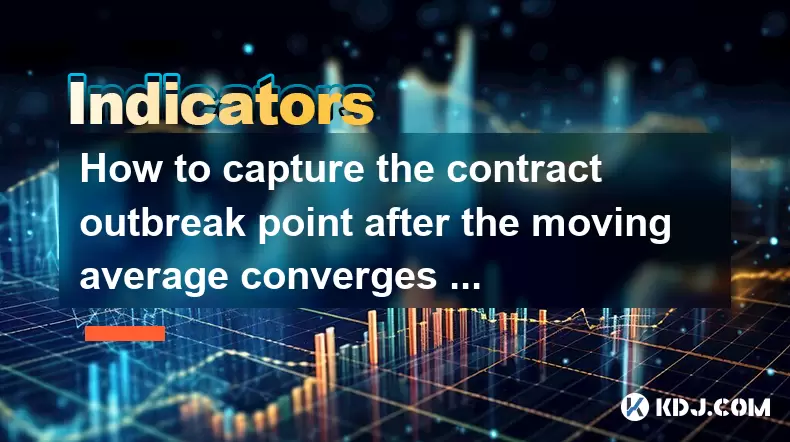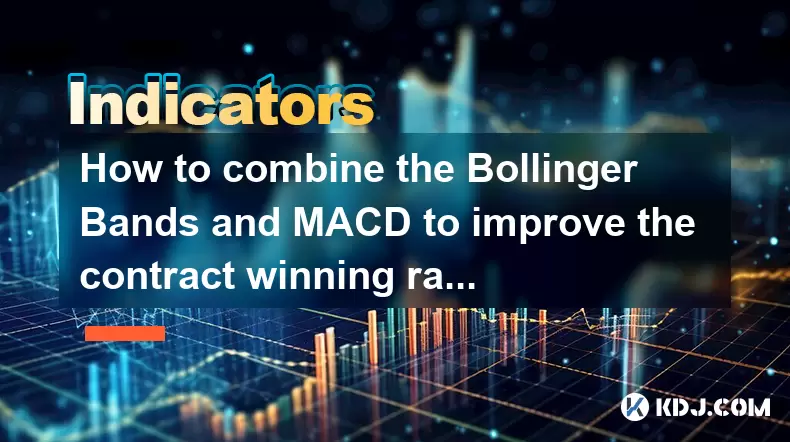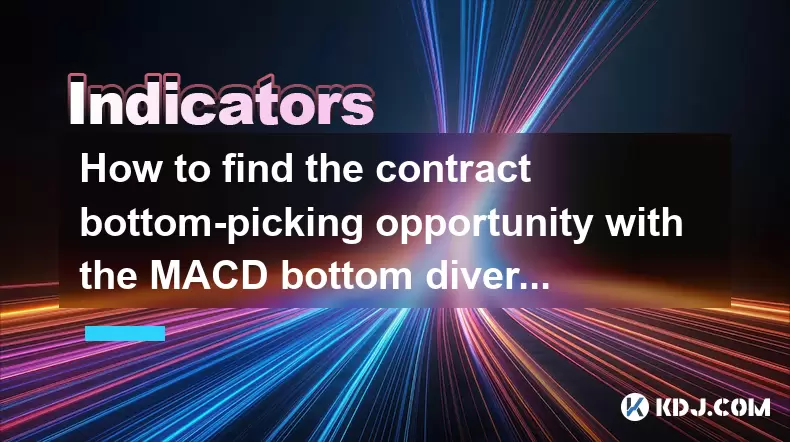-
 Bitcoin
Bitcoin $106,754.6083
1.33% -
 Ethereum
Ethereum $2,625.8249
3.80% -
 Tether USDt
Tether USDt $1.0001
-0.03% -
 XRP
XRP $2.1891
1.67% -
 BNB
BNB $654.5220
0.66% -
 Solana
Solana $156.9428
7.28% -
 USDC
USDC $0.9998
0.00% -
 Dogecoin
Dogecoin $0.1780
1.14% -
 TRON
TRON $0.2706
-0.16% -
 Cardano
Cardano $0.6470
2.77% -
 Hyperliquid
Hyperliquid $44.6467
10.24% -
 Sui
Sui $3.1128
3.86% -
 Bitcoin Cash
Bitcoin Cash $455.7646
3.00% -
 Chainlink
Chainlink $13.6858
4.08% -
 UNUS SED LEO
UNUS SED LEO $9.2682
0.21% -
 Avalanche
Avalanche $19.7433
3.79% -
 Stellar
Stellar $0.2616
1.64% -
 Toncoin
Toncoin $3.0222
2.19% -
 Shiba Inu
Shiba Inu $0.0...01220
1.49% -
 Hedera
Hedera $0.1580
2.75% -
 Litecoin
Litecoin $87.4964
2.29% -
 Polkadot
Polkadot $3.8958
3.05% -
 Ethena USDe
Ethena USDe $1.0000
-0.04% -
 Monero
Monero $317.2263
0.26% -
 Bitget Token
Bitget Token $4.5985
1.68% -
 Dai
Dai $0.9999
0.00% -
 Pepe
Pepe $0.0...01140
2.44% -
 Uniswap
Uniswap $7.6065
5.29% -
 Pi
Pi $0.6042
-2.00% -
 Aave
Aave $289.6343
6.02%
How to capture the contract outbreak point after the moving average converges and diverges?
Traders use moving average convergence and divergence in crypto to spot potential trend changes and breakout points, often combining EMAs, volume analysis, and candlestick patterns for accuracy.
Jun 19, 2025 at 02:07 pm

Understanding Moving Average Convergence and Divergence in Crypto Trading
In cryptocurrency trading, moving averages are among the most widely used technical indicators. The concept of convergence and divergence refers to how different moving averages align or separate over time. When short-term and long-term moving averages come together (converge), it often signals a potential change in price direction. Conversely, when they move apart (diverge), it may indicate the strengthening of a trend. Traders closely monitor these patterns to anticipate contract outbreak points—sharp movements in price that can be capitalized on for profit.
Identifying Key Moving Averages for Contract Analysis
To effectively capture an outbreak point, traders typically use combinations of exponential moving averages (EMA) or simple moving averages (SMA). Commonly used pairs include the 9-day and 21-day EMAs or the 50-day and 200-day SMAs. When these lines converge, especially after a prolonged consolidation phase, it may signal that a breakout is imminent. Monitoring volume during this period becomes crucial, as increased volume during convergence could foreshadow a strong directional move.
- Watch the spacing between the two EMAs/SMA lines
- Look for decreasing volatility ahead of convergence
- Use volume indicators to confirm market interest
Recognizing Divergence Patterns Before Outbreaks
Divergence occurs when the price moves in one direction while the moving average lines begin to pull away from each other. This separation often coincides with momentum indicators like RSI or MACD showing strength or weakness. In crypto futures contracts, where leverage plays a significant role, recognizing divergence early can help traders position themselves before a large price swing.
- Observe if price makes higher highs but EMA spacing widens less aggressively
- Check for bearish or bullish divergences using RSI or MACD
- Wait for confirmation candlesticks such as engulfing bars or breakouts from key levels
Setting Up Entry Points Using Moving Average Crossovers
One of the most effective ways to identify outbreak points is through moving average crossovers. For instance, when a short-term EMA crosses above a long-term EMA (known as a golden cross), it may indicate the start of a new uptrend. Conversely, a death cross occurs when the short-term EMA crosses below the long-term EMA, signaling a potential downtrend. These crossovers serve as actionable signals for entering or exiting positions in crypto futures contracts.
- Confirm crossover with at least two closing candles above/below the longer MA
- Use stop-loss orders just beyond recent support/resistance levels
- Scale into positions gradually to manage risk during volatile outbreaks
Utilizing Timeframe Analysis for Accurate Outbreak Detection
Timeframe analysis is essential when tracking moving average convergence and divergence in crypto contracts. Higher timeframes like the 4-hour or daily chart provide stronger signals, while lower timeframes such as 15-minute or 30-minute charts can be used for precise entry points. By aligning the direction of both timeframes, traders increase their probability of catching the outbreak early.
- Identify convergence/divergence pattern on higher timeframe first
- Zoom into lower timeframe to pinpoint breakout candlestick formation
- Match support/resistance zones across timeframes for confluence
Frequently Asked Questions
Q: Can I use moving average convergence/divergence on all cryptocurrencies?
Yes, this strategy can be applied across various cryptocurrencies, although it works best on major coins like Bitcoin and Ethereum, which have sufficient liquidity and volume to produce reliable signals.
Q: Should I rely solely on moving averages for breakout detection?
While moving averages are powerful tools, combining them with volume analysis, candlestick patterns, and momentum indicators improves accuracy. No single indicator should be used in isolation.
Q: How do I avoid false breakouts when using moving average crossovers?
False breakouts are common in crypto markets due to high volatility. To reduce exposure, wait for multiple confirmations such as candlestick closes beyond key levels, increased volume, and momentum alignment before entering a trade.
Q: What timeframes work best for spotting outbreaks using MAs?
A combination of higher timeframes (4H/Daily) for trend identification and lower timeframes (15M/30M) for entry refinement tends to yield optimal results in fast-moving crypto futures contracts.
Disclaimer:info@kdj.com
The information provided is not trading advice. kdj.com does not assume any responsibility for any investments made based on the information provided in this article. Cryptocurrencies are highly volatile and it is highly recommended that you invest with caution after thorough research!
If you believe that the content used on this website infringes your copyright, please contact us immediately (info@kdj.com) and we will delete it promptly.
- Check Your Change! That £2 Coin Could Be Worth £500!
- 2025-06-19 18:45:12
- Bitcoin, Solaris, and Mobile Mining: The Next Big Thing?
- 2025-06-19 18:45:12
- Mantle, Crypto, and Blockchain: UR Neobank Revolutionizes TradFi and DeFi
- 2025-06-19 20:05:12
- XRP Price, Ripple Transfer, and Market Panic: What's the Real Story?
- 2025-06-19 19:25:12
- Coin Master Free Spins & Links: Your Daily Dose of Spins (June 19, 2025)
- 2025-06-19 18:52:12
- RAY Price Rockets with Volume Surge: Is This the Start of a Stock Rally?
- 2025-06-19 19:05:12
Related knowledge

How to combine the Bollinger Bands and MACD to improve the contract winning rate?
Jun 19,2025 at 06:35pm
Understanding Bollinger Bands and MACD IndicatorsTo effectively combine Bollinger Bands and the MACD (Moving Average Convergence Divergence), it's essential to first understand what each indicator represents. Bollinger Bands consist of a middle moving average line and two outer bands that adjust based on market volatility. When prices move toward the up...

How does the long lower shadow of the K line indicate the formation of the bottom of the contract?
Jun 19,2025 at 05:00am
Understanding the Long Lower Shadow in K-Line AnalysisIn cryptocurrency trading, K-line analysis plays a pivotal role in determining market sentiment and potential price reversals. A long lower shadow, also known as a long wick, is one of the most telling candlestick patterns that traders look for when assessing whether a bottom might be forming in a co...

How to capture the contract outbreak point after the moving average converges and diverges?
Jun 19,2025 at 02:07pm
Understanding Moving Average Convergence and Divergence in Crypto TradingIn cryptocurrency trading, moving averages are among the most widely used technical indicators. The concept of convergence and divergence refers to how different moving averages align or separate over time. When short-term and long-term moving averages come together (converge), it ...

How to find the contract bottom-picking opportunity with the MACD bottom divergence?
Jun 19,2025 at 02:28pm
Understanding MACD Bottom Divergence in Cryptocurrency TradingMACD (Moving Average Convergence Divergence) is a widely used technical analysis tool that helps traders identify potential reversals in price trends. Bottom divergence, specifically, occurs when the price of an asset makes a new low, but the MACD indicator does not confirm this by making a c...

How to use the DEMARK indicator to predict the high and low points of the contract?
Jun 19,2025 at 04:21am
What Is the DEMARK Indicator?The DEMARK indicator is a technical analysis tool developed by Tom DeMark, aimed at identifying price exhaustion points in financial markets. It helps traders anticipate potential reversal zones, especially in volatile environments such as cryptocurrency contracts. The indicator works by detecting specific patterns and seque...

Why does the contract sometimes not fall after the moving average crosses?
Jun 18,2025 at 08:50pm
Understanding Moving Averages in Cryptocurrency TradingIn the realm of cryptocurrency trading, moving averages are among the most widely used technical indicators. They help traders identify potential trends by smoothing out price data over a specified period. The two primary types are the Simple Moving Average (SMA) and the Exponential Moving Average (...

How to combine the Bollinger Bands and MACD to improve the contract winning rate?
Jun 19,2025 at 06:35pm
Understanding Bollinger Bands and MACD IndicatorsTo effectively combine Bollinger Bands and the MACD (Moving Average Convergence Divergence), it's essential to first understand what each indicator represents. Bollinger Bands consist of a middle moving average line and two outer bands that adjust based on market volatility. When prices move toward the up...

How does the long lower shadow of the K line indicate the formation of the bottom of the contract?
Jun 19,2025 at 05:00am
Understanding the Long Lower Shadow in K-Line AnalysisIn cryptocurrency trading, K-line analysis plays a pivotal role in determining market sentiment and potential price reversals. A long lower shadow, also known as a long wick, is one of the most telling candlestick patterns that traders look for when assessing whether a bottom might be forming in a co...

How to capture the contract outbreak point after the moving average converges and diverges?
Jun 19,2025 at 02:07pm
Understanding Moving Average Convergence and Divergence in Crypto TradingIn cryptocurrency trading, moving averages are among the most widely used technical indicators. The concept of convergence and divergence refers to how different moving averages align or separate over time. When short-term and long-term moving averages come together (converge), it ...

How to find the contract bottom-picking opportunity with the MACD bottom divergence?
Jun 19,2025 at 02:28pm
Understanding MACD Bottom Divergence in Cryptocurrency TradingMACD (Moving Average Convergence Divergence) is a widely used technical analysis tool that helps traders identify potential reversals in price trends. Bottom divergence, specifically, occurs when the price of an asset makes a new low, but the MACD indicator does not confirm this by making a c...

How to use the DEMARK indicator to predict the high and low points of the contract?
Jun 19,2025 at 04:21am
What Is the DEMARK Indicator?The DEMARK indicator is a technical analysis tool developed by Tom DeMark, aimed at identifying price exhaustion points in financial markets. It helps traders anticipate potential reversal zones, especially in volatile environments such as cryptocurrency contracts. The indicator works by detecting specific patterns and seque...

Why does the contract sometimes not fall after the moving average crosses?
Jun 18,2025 at 08:50pm
Understanding Moving Averages in Cryptocurrency TradingIn the realm of cryptocurrency trading, moving averages are among the most widely used technical indicators. They help traders identify potential trends by smoothing out price data over a specified period. The two primary types are the Simple Moving Average (SMA) and the Exponential Moving Average (...
See all articles

























































































